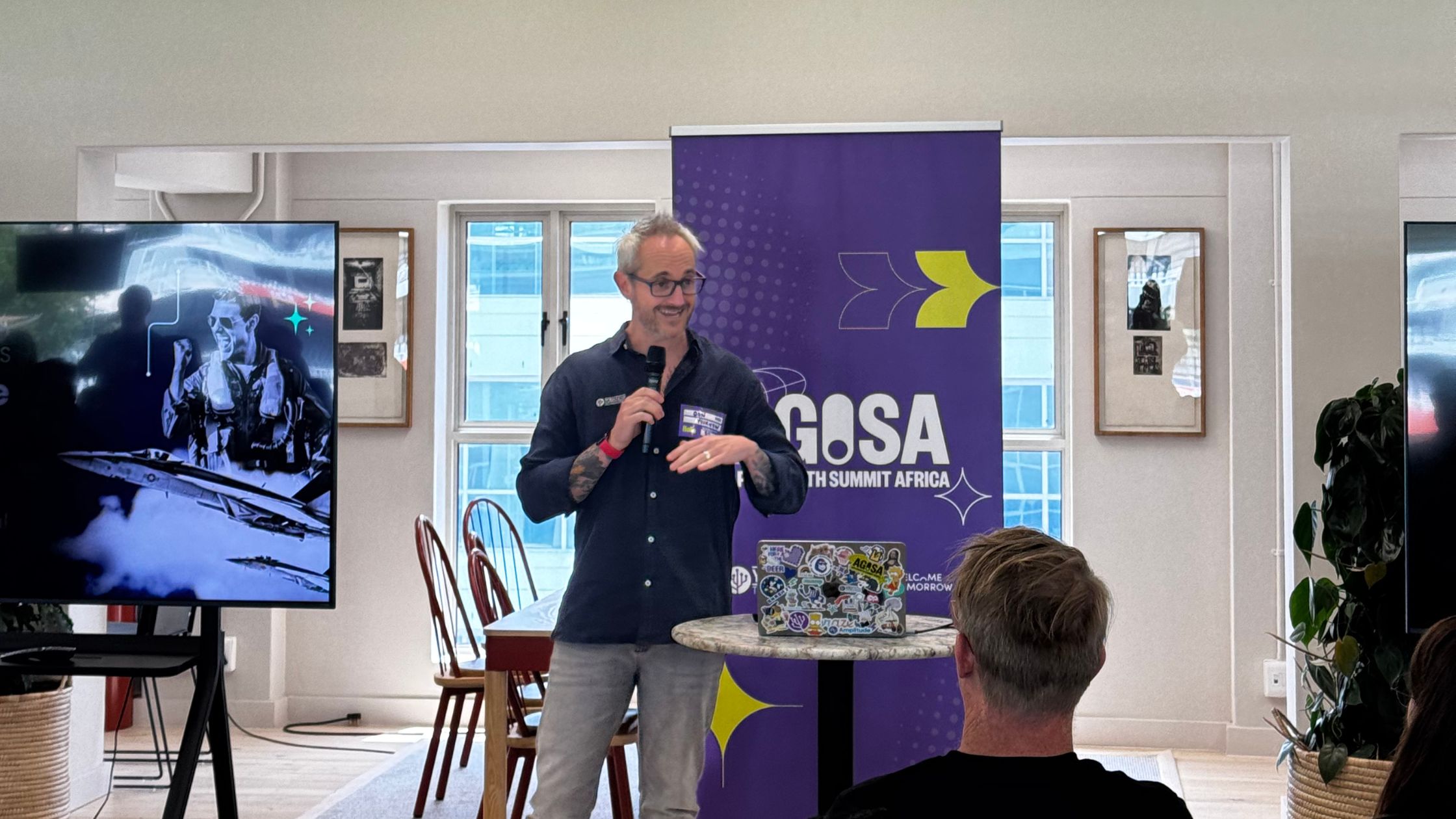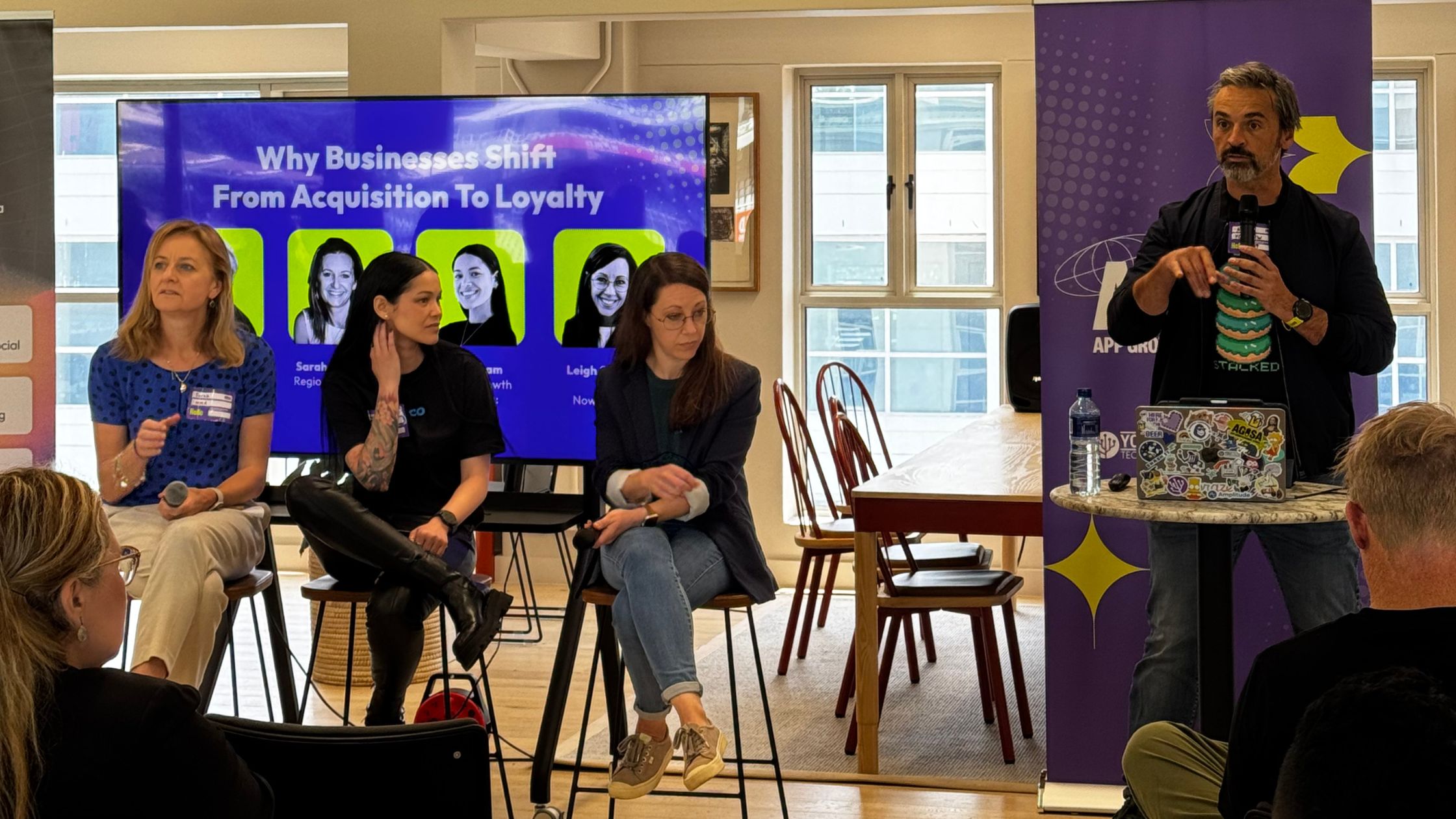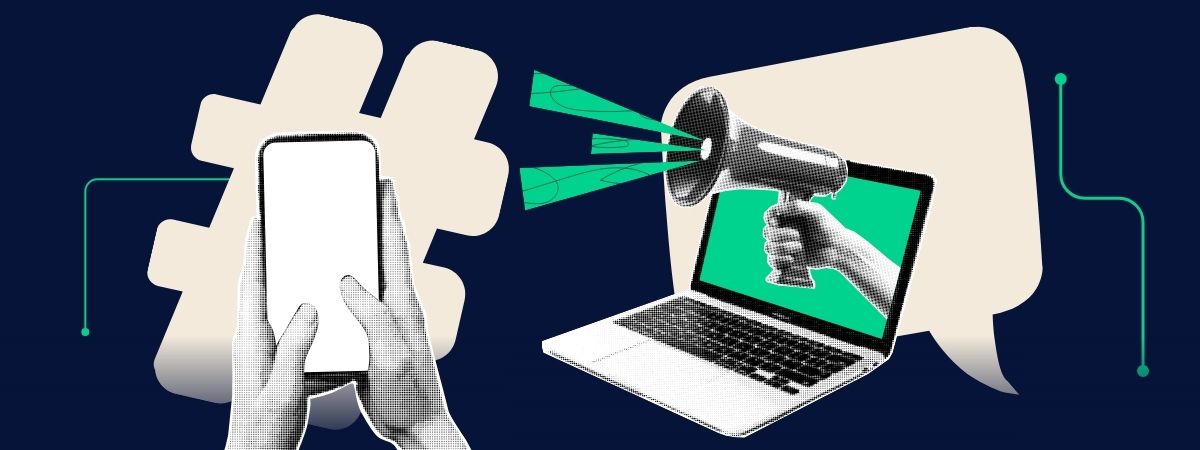
AGSA 2025 Wrap Up: What South Africas App Leaders Are Really Saying About Growth, Retention and Keeping Users Longer Than 30 Days
If AGSA 2025 had a theme, it was this.
South African app teams are not struggling because they lack ambition. They are struggling because they do not speak the same language.
Marketing is shouting, product is sprinting, CRM is firefighting, data is explaining again.
And users are trying your app once and disappearing within 30 days like it is a limited time challenge.
Friday made something very clear.
Growth is no longer about winning attention. It is about earning a second visit, then a third, then a genuine habit.
Here is what the day really taught us.

1. Installs are loud, retention is quiet and quiet is where the money lives
Maxime Calot from Welcome Tomorrow opened with the uncomfortable truth that brands usually whisper about. Paid media is doing all the heavy lifting, but the value is slipping straight through the cracks.
The example everyone felt:
Fifty thousand people see an ad, around ten thousand become returning users after ninety days.
That is not a funnel. That is a hole.
His message was simple.
Until product and marketing decide on one shared activation moment, one action that proves the user has found value, you are optimising nothing.
Installs are a high five.
Activation is a handshake.
Retention is the relationship.
Most brands in South Africa are still celebrating the high five.

2. Remarketing works when you stop shouting and start helping
Callum Carmichael from AppsFlyer said the line that had every marketer nodding.
Stop showing download the app ads to people who already have the app.
A classic South African mistake.
Callum reframed remarketing as a conversation rather than a chase.
Acquisition invites the user inside.
Activation helps them find what they need.
Retention asks how you can make their next visit even easier.
His message was consistent.
Everything is creative.
Your UX, your app store page, your push notifications, your emails, your copy, your flows, even your onboarding screens.
The real unlock is simple.
Creative is not decoration. Creative is instruction, empathy and timing.

3. The stickiness metric all app teams should memorise. Seven percent in seven days
Amplitude’s Emrah Cetin brought clarity to an industry that loves vanity metrics.
Stickiness is not daily active users.
Stickiness is the percentage of users who repeat the one behaviour that proves your app has value.
Then he shared the benchmark everyone will be quoting for the rest of the year.
If seven percent of new users complete your critical event in the first seven days, your long term retention multiplies.
This is what South African growth teams need.
Not big empty numbers. Actual behavioural truth.
And it leads to a bigger shift.
Retention becomes a product responsibility and a marketing responsibility.
But only when the teams are looking at the same data.

4. Habit building is not a lucky accident, it is a real growth strategy
YOUKNOW’s Don Packett moved the room from analytics to psychology in a way only he can.
His headline was clear.
If your app behaves like a one night stand, do not expect loyalty.
He shared how a focused habit-building approach helped Joe Coffee in the United States grow by thirty percent in one month.
Not through hacks but through segmentation, behavioural insight and repeated value.
He ended with three questions every product team in South Africa should ask.
What would it look like if we built a habit with our customers.
What would we need to redesign to make that habit possible.
What is the upside if we get this right.
The point was elegant.
Retention is not the reward. Retention is the design.

5. The panel reminded us that loyalty is not a programme. It is a promise
The panel with Leigh Stefanski from Now Boarding, Sarah Utermark from the MMA and Nakita Bam from Yoco, guided by YOUKNOW CEO Kelvin Jonck, grounded the day in South African reality.
Three ideas stood out.

A. Loyalty is built in the small frustrations
Fix the tiny problems your users keep complaining about.
Remove your ego.
Stop designing for an imaginary, perfect user.
B. Loyalty is a product strategy
Not a rewards card.
Not a campaign.
Not a once-off win.
It is the sum of every touchpoint you managed well.
C. The future is being human at scale
Kelvin closed with a line that will stay with the industry.
The brands that win in the next few years will be the ones that behave more humanly even as they grow.
That is not sentiment. That is economics.
So what does this all mean for South African app teams
Here is the honest truth.
South Africa does not have a retention problem. It has an alignment problem.
We do not lack data. We lack the right conversations.
We are not losing users because our ideas are bad. We are losing them because our internal teams are disconnected and our journeys are fragmented.
To grow in 2025, South African brands need to:
- Create shared KPIs,
- Define activation properly,
- Agree on critical events,
- Treat creative as instruction,
- Use remarketing to solve problems,
- Build products that encourage repeat behaviour,
- And treat loyalty as the outcome of consistent value rather than a points system.
This is the real work.
AGSA simply reminded us why it matters.
Final word
A genuine thank you to Welcome Tomorrow, AppsFlyer, Amplitude and YOUKNOW, and to every speaker who showed up with honesty, data and practical empathy.
The South African app ecosystem is entering a new phase.
We are moving past noise and into depth.
Past acquisition obsession and into meaningful retention.
Past disjointed teams and into cross-functional growth.
Acquisition brings attention.
Retention builds categories.
.avif)

.jpg)
